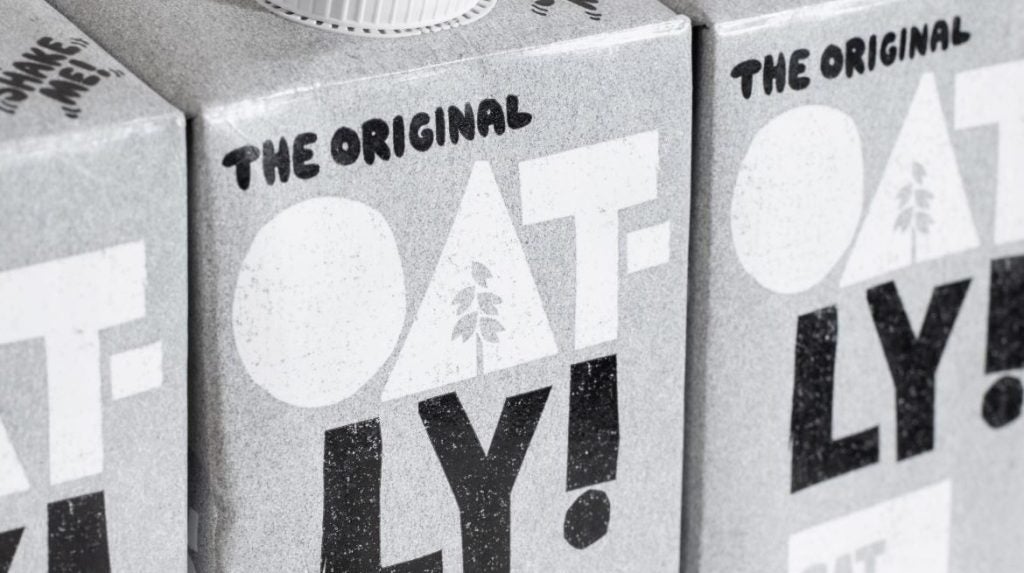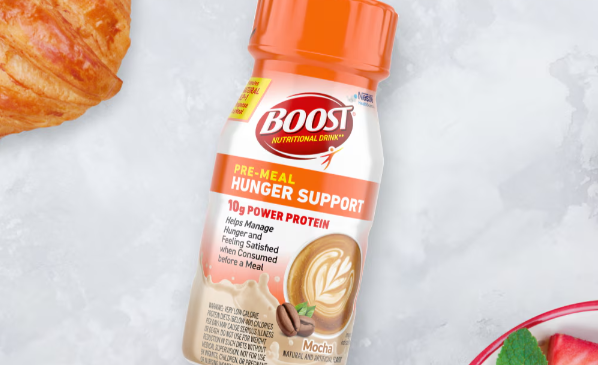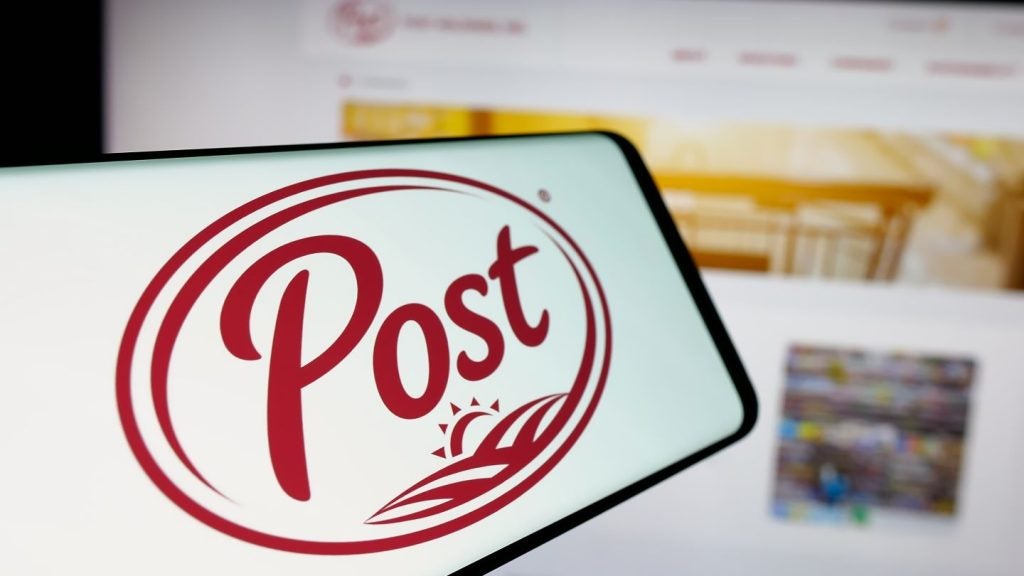Oatly plans to close its Singapore manufacturing facility as part of a strategy to reduce costs and take the oat-drinks business into profitability.
Sweden-headquartered Oatly said it expects to incur an impairment charge related to the closure, amounting to a non-cash portion of about $20-25m in the final quarter of its current 2024 fiscal year.
Associated restructuring and “other exit costs” will result in a further $25-30m of net cash outflows through 2027, the dairy-alternatives business said in a statement today (18 December).
The Singapore site comes under Oatly’s newly restructured Europe and International division after China was spun-off from the Asia business region into a separate standalone unit in January.
Oatly will have five manufacturing plants: two in the US, one each in Sweden and the Netherlands, and a single factory in China.
Plans for new production facilities in the UK, the US and China were abandoned in November last year in connection with Oatly’s so-called “asset-light strategy”.
Nasdaq-listed Oatly also booked impairments related to that decision in its 2023 financial year – a non-cash portion of almost $173m and other connected restructuring and exit costs of $29m.
Oatly CEO Jean-Christophe Flatin said today: “Over the past two years, our supply chain teams have done a good job at improving utilisation, efficiency, and reliability, while also finding solutions to enable us to gradually expand capacity when needed to support our growing business.
“These actions have led to strong service rates and improved gross margins.”
Flatin, who took over the CEO role from Toni Peterson in June last year, added the splitting of China from Asia had led to an improvement in “competitiveness” and delivered “significant improvements” to the health of the China business.
He continued: “We expect that the action we are announcing today will capitalise on those collective improvements and further strengthen our ability to ensure that we have the right amount of capacity, when we need it, while being efficient with our capital and costs.
“We also expect the continued simplification of our operations to enable us to sharpen our focus on execution as we drive toward consistent, structural profitable growth and ultimately deliver on our company’s mission.”
Oatly is still in its fourth-quarter operating period but was in the red at the nine-month stage, albeit losses had narrowed from a year earlier.
Year-to-date adjusted EBITDA losses, through to 30 September, shrank to $29.3m from $138.3m. The net loss narrowed to $110.9m from $118.3m.
Revenue for the nine months rose 5.2% to $609.3m, replete with an 8.4% volume increase. The price/mix component dropped 3.5% in constant-currency terms.
At the time of those results in November, Oatly said it expected to deliver a full-year adjusted EBITDA loss of $35-50m, with constant-currency revenue growth of 6-10%.
Capital expenditure costs were lowered to “below” $55m from “below” $70m.
















